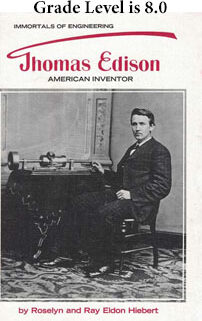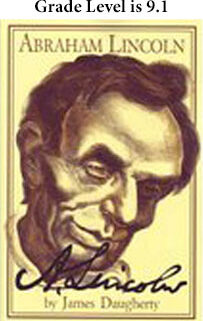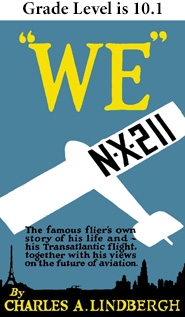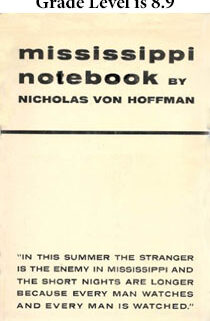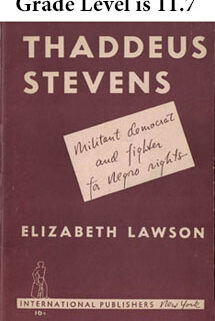When will the New York Times begin to care about what is happening in American classrooms?
For example, parents might find it useful to know if classrooms have an adequate number of books. At one point, the New York Times discovered that classroom libraries mattered. Classroom libraries influenced students’ ability to read, but there has been no follow-up to this story for years.
Here is the story from the reporter who found the gold. He learned what was needed to improve reading achievement in a school district.
“District 19 in East New York, Brooklyn, is one impoverished district with a history of low reading scores where book expenditures may have started to make a difference. Over the last three years, the district has spent an average of $111 a student per year on textbooks and library books, the city’s highest rate, and 50 percent more than the citywide average of $74 per student.
“Joan E. Mahon-Powell, the acting superintendent of District 19, said much of the spending had gone to stocking classroom libraries, collections of 200 to 300 books in each classroom that are available to students to supplement their lessons. Getting books into children’s hands ─ a continuing problem in many districts ─ has made a big difference in how the students react to reading exercises, she said.
”When children can talk to you about reading and writing, you know you’re moving in the right direction,” Ms. Mahon-Powell said. She acknowledged, however, that the district, which still ranks near the bottom in reading scores, had far to go. ”Are our scores zooming through the roof?” she said. ”No, they are not. But we do know that they will.
Mr. Kreinik of District 28 in Queens says he, too, has emphasized spending on books and classroom libraries as well as software and other classroom supplies that do not show up on the book budget line. That money, he said, has definitely helped to improve the district’s test scores.”[i]
So, if classroom libraries and spending on books matter, certainly the New York Times would provide its readers with regular follow-ups on this information. Sadly, there have been no regular follow-ups. The Times has published two stories about ‘classroom libraries’ in New York City public schools. Both were in 2001.
The coverage or the lack of coverage by the Times matters. It needs to give space to its education writers to investigate what is happening in city classrooms. It needs to start shining its light on classrooms where students are reading and where they do not have reading materials. What influences academic achievement? the article asks. What is the proper use of resources? These questions matter.
[i] Edward Wyatt, “Success of City School Pupils Isn’t Simply a Money Matter” New York Times,
June 14, 2000, Section A, Page 1. https://www.nytimes.com/2000/06/14/nyregion/success-of-city-school-pupils-isn-t-simply-a-money-matter.html

